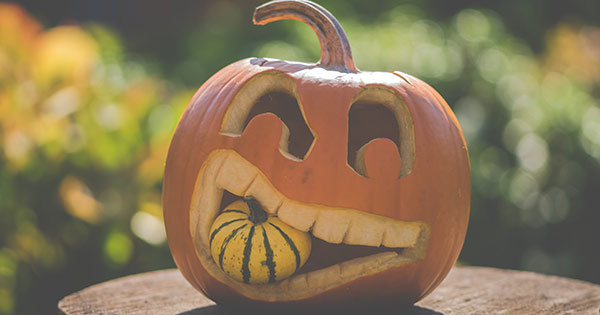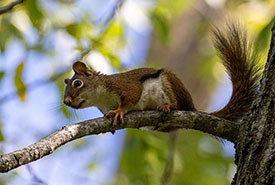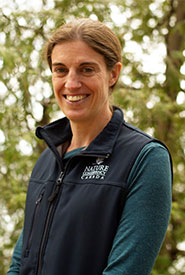A pumpkin’s tale – life after halloween

Carved pumpkin (Photo by Ylanite Koppens, Pexels)
The moral of this story is a reminder to people not to discard pumpkins into forests or natural areas and how they can be recycled after Halloween.
I, Jill-o-Lantern, remember being so excited when you scooped me up, and chose me over my field-mate Jack and all of the other pumpkins in the field. I had puffed myself up and was doing my best to glow in the fall sunshine, and I couldn’t believe my luck when you popped me into your car and brought me home.
I was a bit nervous when the dog sniffed me — it tickled! I was so brave while you gave me a face; I knew it would hurt a bit, but I was excited to be turned into something more decorative. Then you popped me out onto your front doorstep and put a candle inside me to keep me warm. I was so grateful because the nights were chilly. Oh, how I glowed! People stopped in the street to point at me, and some people even pointed their hand rectangles at me and made a clicking noise before walking away. Could that mean there are photos of me?! I sat there, proudly, while your family came over for dinner. The next night, lots of people came by, many wearing incredible costumes. How the children squealed when they saw me!
But then the next night, my candle had blown out and you didn’t come to relight it. I shivered, and wondered why you left me to get so cold. A squirrel came by and bit a new hole my face — that hurt! The night after, a raccoon knocked me right over and took another bite from my face. I was so scared and alone. Finally, you came and scooped me up, and I was so happy — you hadn’t forgotten me after all!

Squirrel on branch (Photo by Mhairi McFarlane/NCC)
But then you put me in your car and we drove out to the countryside. I was confused, but it was lovely seeing the last of the fall colours and hearing the birds sing. You stopped beside a beautiful conservation property, and I wondered if we might be going for a nice walk. How exciting! You picked me up and threw me into the forest, and then drove away! I was so sad. I had been so proud to decorate your home and delight your visitors, but now you abandoned me in the forest. I shivered, broken, in the forest. For a while. White-tailed deer, racoons and squirrels made more holes in me, but they were already fat from eating wild plants, they didn’t need to eat me as well! So many animals came to bite me that one lovely raccoon got hit by a passing car. Even though it hurt my face, I was sad for him. I started to think about all of the illnesses I had had recently, and got worried about making the wild plants and animals ill as I fell apart.
After a few more scary days, a nice Nature Conservancy of Canada conservation biologist found me. They seemed kind, and they gently picked up all my pieces and put me into a bucket. They took me home and added me to their compost! I was so happy — I could finally decompose in peace and quiet, knowing I was going to make their future pumpkins grow bigger! The wild animals could go back to eating the things they were supposed to eat, and I wouldn’t make any wild things sick either.
A pumpkin’s tale — post-Halloween
- Don’t dump me (or anything else!). Compost me at home, or take advantage of local composting initiatives.
- Contact local farms, wildlife rehabilitators and zoos as they may take me for animal food or enrichment.
- Wildlife do not require additional food, and adding food to wild ecosystems can be damaging and can lead to habituated, problematic individuals or populations. It can disproportionately benefit some species, which can then have larger impacts on other species. For example, white-tailed deer can damage native wildflowers, including trillium, when their populations become too high.
- Causing animals to congregate around an unnatural food source can put them at greater risk of transmitting disease, and if the site is close to a road, can increase their risk of being killed by vehicles.
- Although there is some evidence that extracts from pumpkin seeds can be a somewhat effective dewormer for some animals, it is unclear if animals are likely to be able to consume enough seeds to have any real effect. Even if there was a positive effect, this could contribute to unnaturally high populations leading to ecosystem damage.
- Although organic material will decompose, it can take some time and be unsightly for others.
- Dumping anything on private land is illegal, and it can encourage others to dump additional items, which may not decompose.


